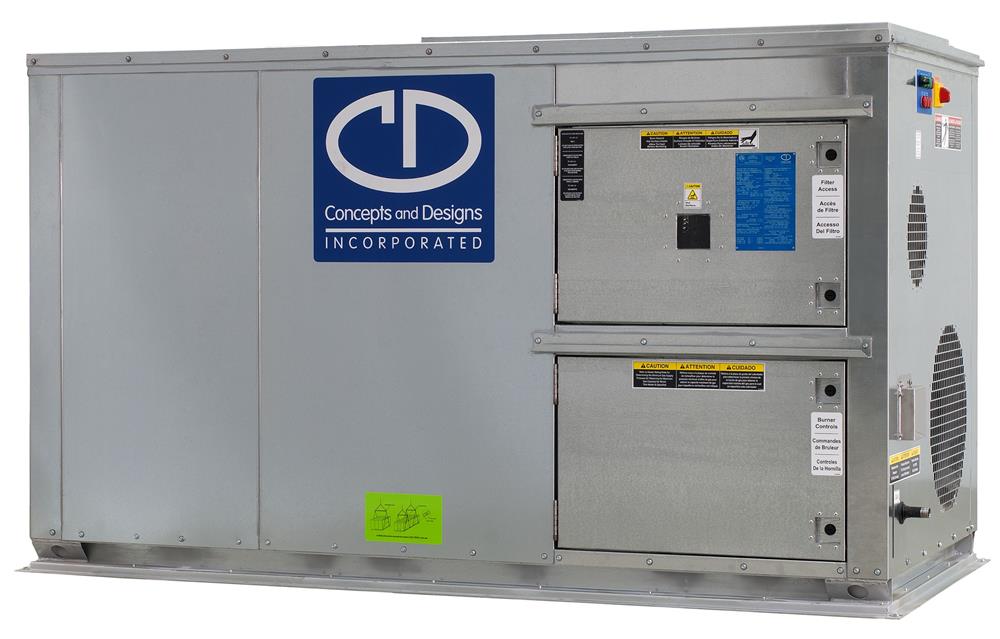Desiccant Dehumidification w/ Tom Peterson (Podcast)

Learn about large-scale desiccant dehumidification from the expert, Tom Peterson. Tom works with CDI (Climate By Design International).
Dehumidification has several different methods and applications. Cooling is the most basic of those methods, but it has its limitations. For example, dehumidification by cooling may leave moisture on the coil and lead to freezing. Desiccant dehumidification can remove water from the air without the possibility of freezing the unit.
Desiccants are crystalline structures with pores, and they remove moisture via adsorption. Water has a pressure that pushes other water molecules into those pores. Partial pressures also help force the pressures from high to low. Moisture will only come out of the desiccant upon heating the air around it. Heat excites the water molecule that has been trapped in the desiccant pore, so that molecule breaks the bond between itself and the desiccant (desorption).
Commercial/industrial dehumidifiers make use of desiccants. Desiccants fit into rotors or wheels, and air passes through the desiccant rotor. The goal is to dehumidify and only dehumidify. So, no heat transfer occurs as air passes through those desiccant rotors. About 3/4 of the rotor works to adsorb moisture, and about 1/4 of the rotor works to desorb moisture.
We measure moisture in a unit of weight called grains per pound of dry air (simplified to “grains”). Grains refer to moisture rather than a humidity percentage, but grains and humidity are indeed linked. Even though we attempt to reduce grains per dry air, we cannot have negative grains of moisture; it is an impossibility.
Tom also discusses:
- Sensible vs. latent heat
- Grain depression
- Dew point
Learn more about desiccants at the CDI website at cdihvac.com and their YouTube channel HERE.
If you have an iPhone, subscribe to the podcast HERE, and if you have an Android phone, subscribe HERE.
Author:









Comments
To leave a comment, you need to log in.
Log In